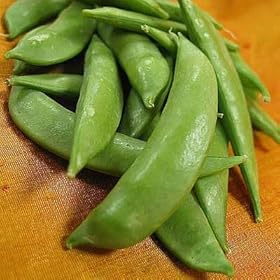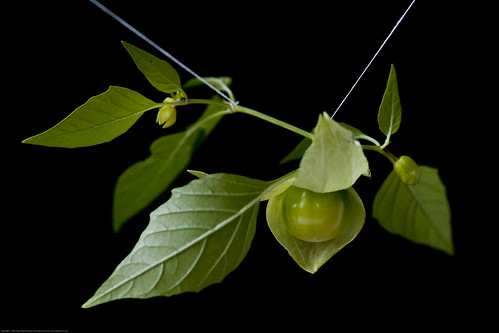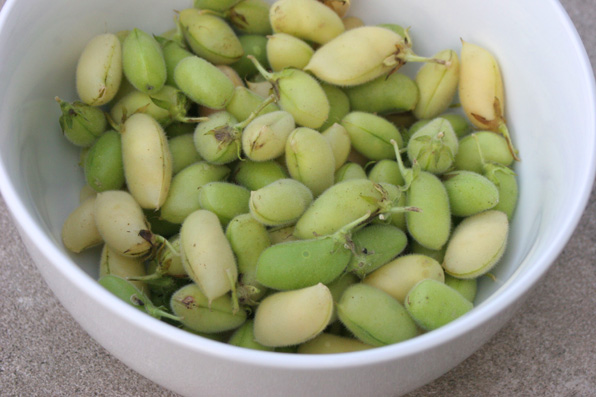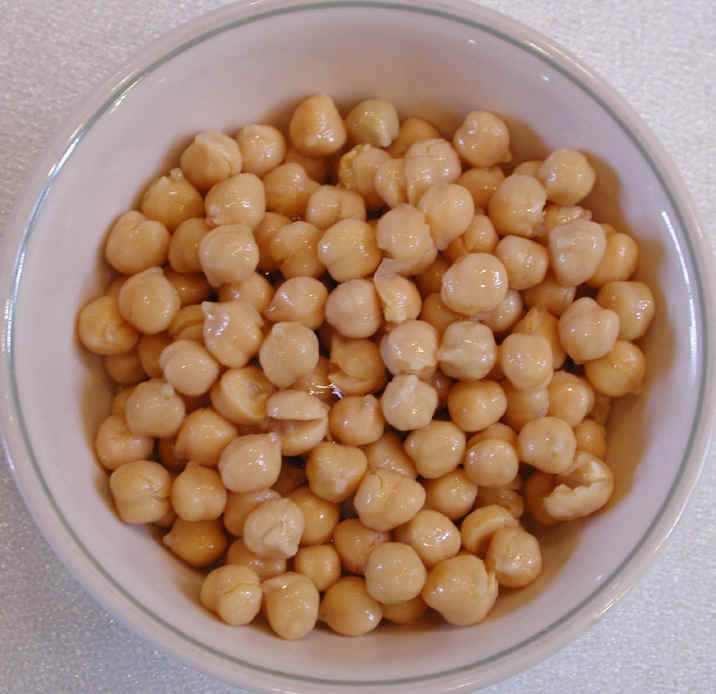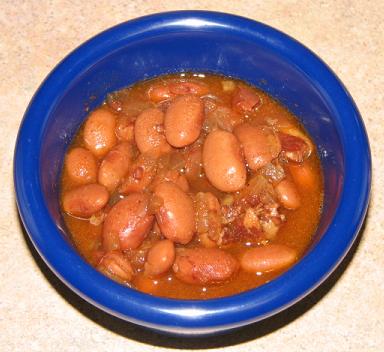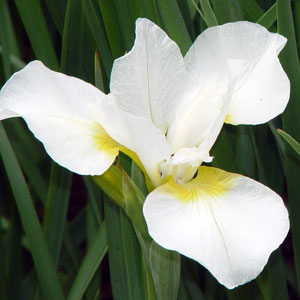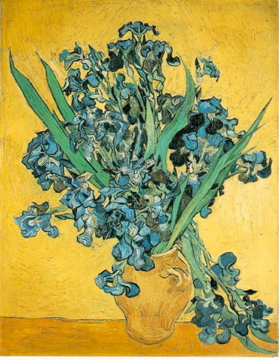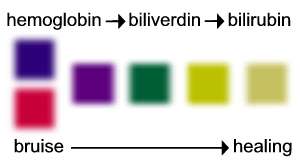COFFEE BEANS
The coffee plant, which is an evergreen that prefers a tropical climate with lots of rain. The red things are actually berries. They are ripe when they are red. Typically they hold two seeds, or pips (what we call beans).
(Photo by Hein Biljmakers)
Coffee beans after they've been removed from the berry and dried, but not yet roasted. They look like peanuts, don't they?
(Photo by Maressa on Picasa)
Classified as:
- Coffee beans are, first of all, legumes. Which makes coffee a fruit.
- Unlike all the other beans we've been exploring, coffee beans are members of a completely different family -- not Fabaceae. They are dicotyledons like our previous beany friends, but beyond that, their scientific classification diverges.
- Coffee is part of the Rubiaceae family, which include varieties of trees, shrubs, and herbs.
- Within Rubiaceae, wild coffee belongs to a genus called Psychotria, while cultivated coffee is in the Coffea genus.
- Most of the cultivated coffee sold is Coffea arabica, or Arabian coffee. When people throw that term around, they are actually indicating the species of coffee you're about to drink.
- Coffea robusta is the second most-commonly sold species of coffee.
General facts:
- While coffee was introduced to the world from the Middle East, the majority of coffee today is grown in Brazil.
- It takes five years for a coffee plant to yield mature beans. After maturity, one tree will produce five pounds of coffee in one year.
- Until the 1870s, people used to roast their own coffee, in a pan over a fire.
- In the roasting methods used now, the beans are roasted to 400 F. At about that temperature, the beans darken, double in size, and crack. As the roasting continues, the beans develop an oil which gathers in pockets throughout the bean. Once the beans have cracked twice, they are cooled immediately in cold air.
- Researchers are continuing to discover new aromatic compounds in coffee. Currently, they have identified over 800. Some of the most dominant compounds are described as follows:
- honey-like, fruity
- roasty
- catty
- earthy
- spicy
- buttery
- vanilla
- caramel-like
- seasoning-like.
- Good to know that those flavor researchers make up words the same way the rest of us do. (For more on the aromatic compounds in coffee, see a previous entry about Coffee that I completely forgot about.)
- The person who invented instant coffee was not named Juan Valdez. In fact, lots of people came up with the idea in various places around the world. One of the inventors was Belgian, living in Guatemala, and his name was George Washington.
- The country whose citizens drink the most amount of coffee per person is -- surprise! -- Finland.

(Chart sourced from e-Importz.com, 2008)
- However, because the United States' population is far higher than Finland's, ringing in at a consumption of 400 million cups of coffee per day, the United States is the biggest consumer of coffee in the world.
- Based on surveys conducted in the United States, most women say that drinking coffee helps them relax. Men say that it helps them get their work done.
- I don't drink coffee anymore, but if I did, I would say I drank it to help me stay awake and get my work done.
I'm almost done with the beans (pant, pant). Just one more to go.
Sources
Cambridge Advanced Learner's Dictionary, legumes
USDA Plants Database, Classification Down to Family Fabaceae
FAO, Definition and Classification of Commodities, 4. Pulses and Derived Products
NationMaster, Encyclopedia, Pulses
Wikipedia, Fabaceae and pulses
Edhat Santa Barbara, Veggie of the Week - Shell Beans
USDA Plants Database, Name search results for coffee
Brian Martel, A Few Facts about Coffee
Biljmakers, Coffee
Phil Lempert Supermarket Guru, Instant Coffee, April 4, 2008
Coffee Research.org, Coffee Roasting, Coffee Aroma
Cocoa Java, Fun Facts About Coffee
E-Imports, Coffee Statistics, 2008




